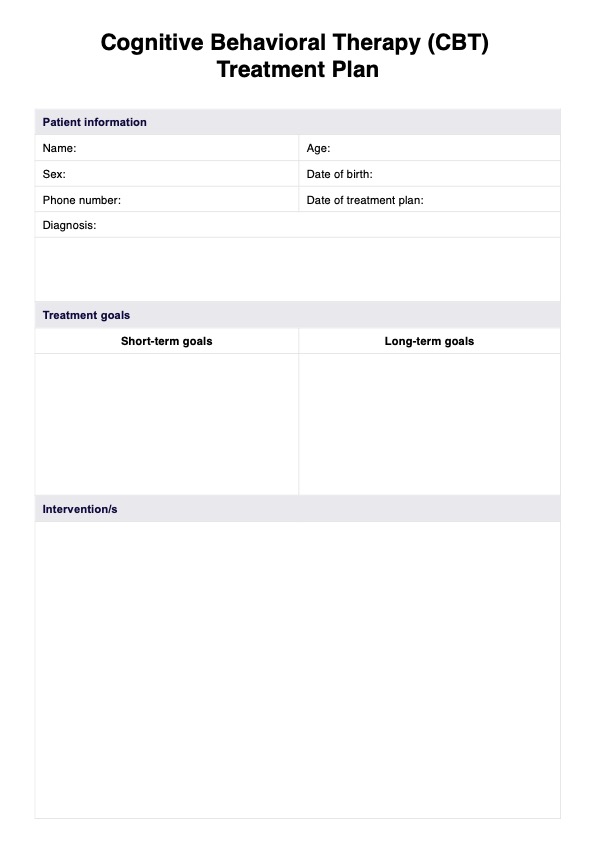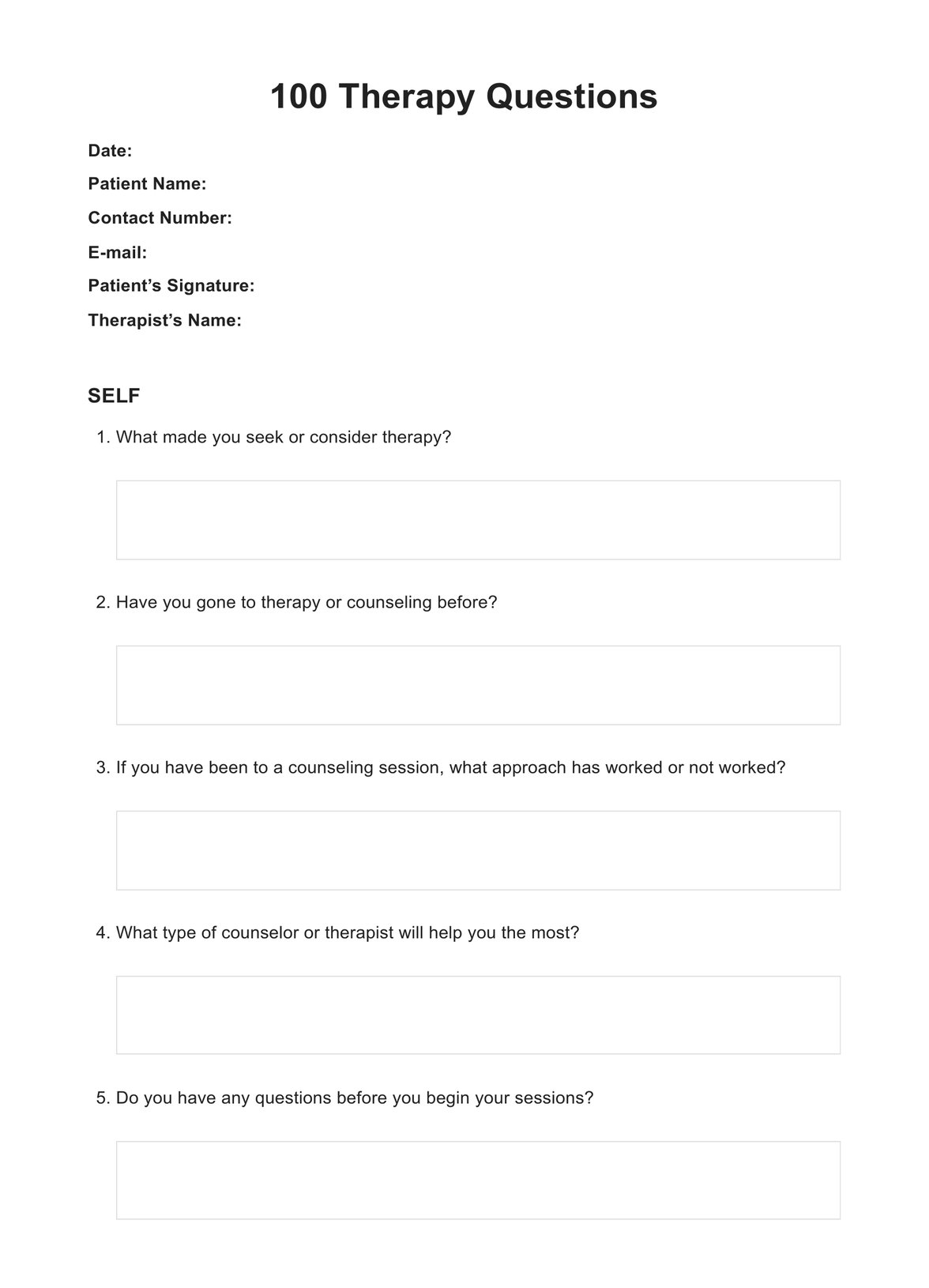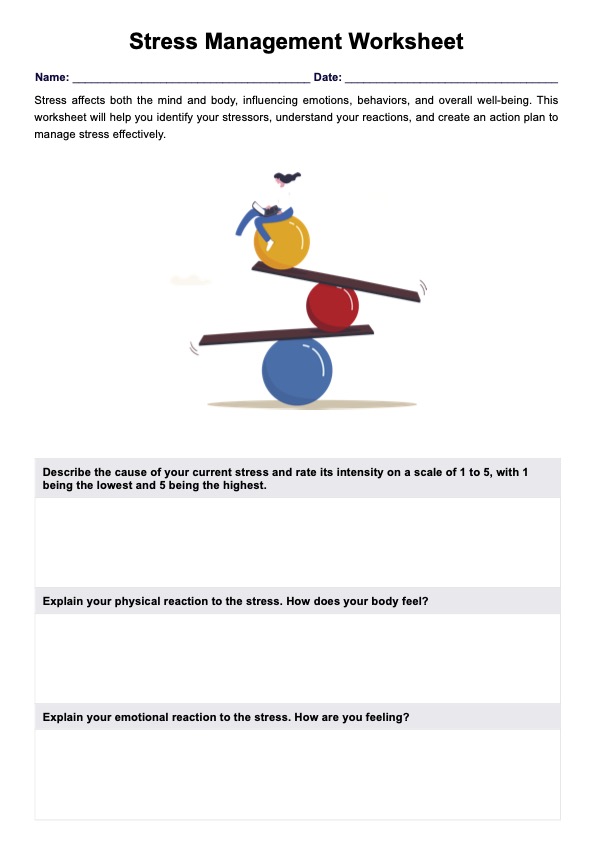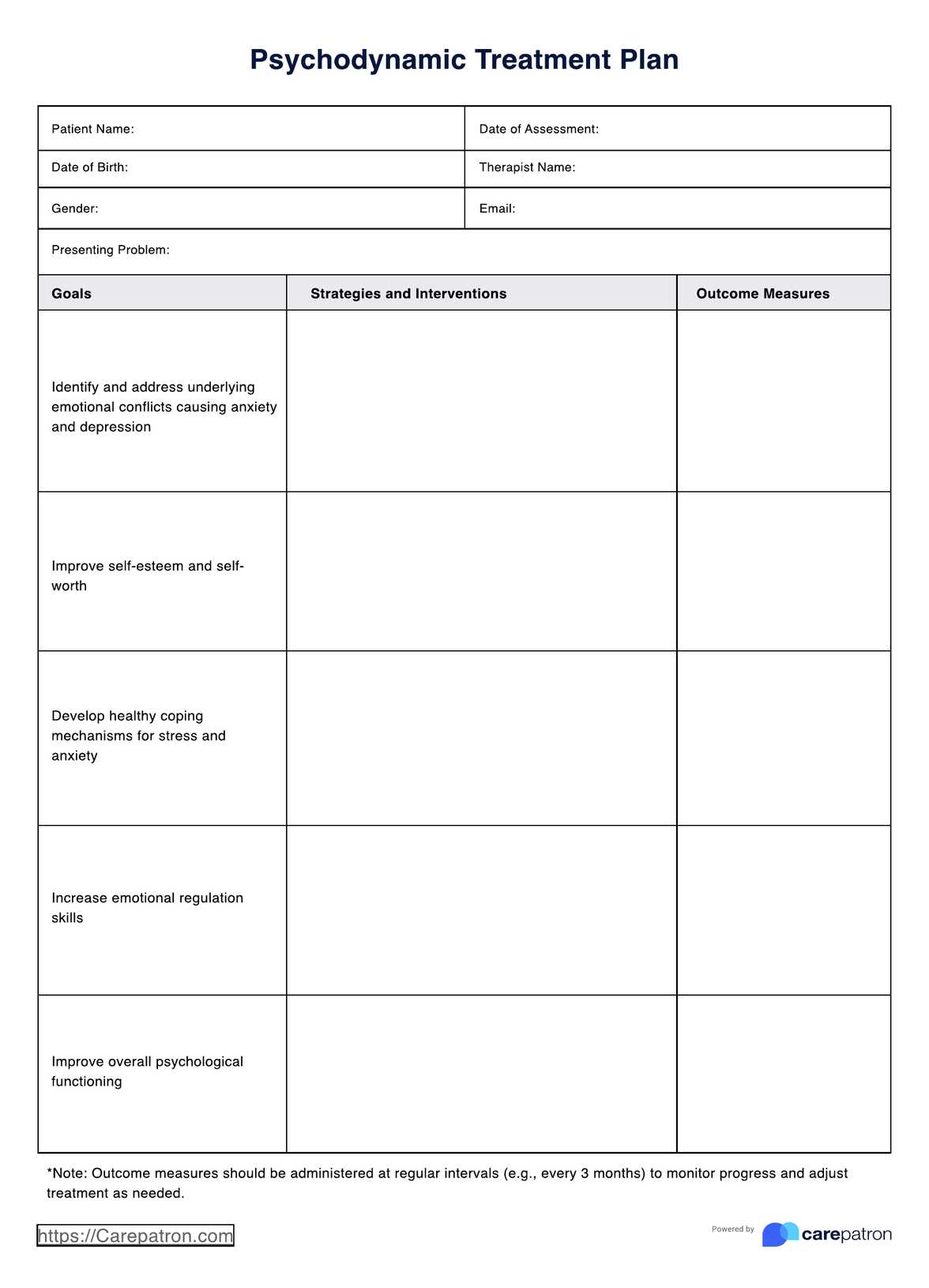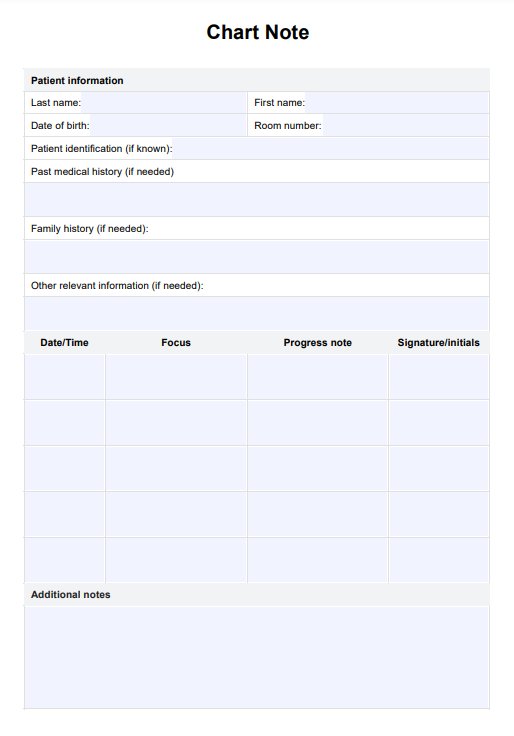CPT Test for ADHD
Learn about the CPT Test for ADHD, a vital tool for assessing attention deficit hyperactivity disorder efficiently and accurately.


What is ADHD?
Attention Deficit Hyperactivity Disorder (ADHD) is a neurodevelopmental condition characterized by persistent patterns of inattention, hyperactivity, and impulsivity. It can affect individuals of all ages, from childhood through adulthood. To assess ADHD, healthcare professionals use various tools, including the ADHD screening test and the Adult ADHD Self-Report Scale.
One standard diagnostic tool is the Continuous Performance Test (CPT), which measures attention and impulsivity by presenting visual and auditory stimuli. CPT helps in assessing ADHD symptoms, their severity, and different presentations of the disorder. Through accurate diagnosis, tailored ADHD treatment plans can be developed to address individual needs effectively.
Understanding the complexities of ADHD is crucial for healthcare providers to offer appropriate support and interventions, enhancing the quality of life for individuals with this condition.
CPT Test for ADHD Template
CPT Test for ADHD Example
ADHD symptoms
ADHD, or Attention Deficit Hyperactivity Disorder, manifests through a range of symptoms that can significantly impact an individual's daily functioning across various settings, including home, school, and work. Here's a comprehensive overview of common ADHD symptoms:
- Inattention: Individuals with ADHD often struggle to maintain focus on tasks or activities, frequently becoming easily distracted. They may have difficulty following through on instructions, organizing tasks, or completing assignments. Inattentiveness can lead to forgetfulness, overlooking details, and making careless mistakes.
- Hyperactivity: Hyperactivity is characterized by excessive and often disruptive physical activity levels. Individuals with ADHD may fidget, tap their hands or feet, or have difficulty staying seated in situations where it's expected. They may also experience restlessness and have a constant need to keep moving.
- Impulsivity: Impulsivity refers to acting without forethought or consideration of consequences. People with ADHD may blurt out answers, interrupt others, or engage in risky behaviors without fully thinking through the outcomes. Impulsivity can lead to social difficulties and conflicts with authority figures.
- Difficulty with executive functioning: Executive functioning encompasses cognitive processes like planning, organizing, and self-regulation. Individuals with ADHD may struggle with time management, prioritizing tasks, and controlling emotions. These challenges can impact academic performance, work productivity, and relationships.
- Cognitive processing deficits: ADHD affects cognitive processing, including working memory and information processing speed. Tasks requiring sustained attention, such as the CPT involving visual and auditory stimuli, may be particularly challenging for individuals with ADHD.
ADHD diagnosis
Understanding if you or someone you know has ADHD starts with a proper diagnosis. This isn't a simple yes or no answer. Instead, it involves a multi-step process that gathers information from different sources. Doctors use a guide called the DSM-5 ADHD Checklist, which outlines common symptoms such as trouble focusing, excessive movement, or acting impulsively. They use tools based on this guide to assess these symptoms in children and adults.
Sometimes, doctors might use particular computer games or tests to get a clearer picture of how someone focuses and controls their impulses. These tests might involve watching a screen for flashing lights or listening for specific sounds. Studies have shown that these tests can help tell ADHD apart from other conditions.
Moreover, a good diagnosis isn't just about tests. Doctors also talk to parents, teachers, and the person being evaluated. This helps us understand how the symptoms show up in everyday life. Combining this information with test results gives a more accurate diagnosis. However, not everyone who fidgets or daydreams has ADHD. These tests can also help distinguish ADHD from other conditions that might share some similar signs.
Putting all the pieces together - test results, doctor's observations, and information from others - helps create a clear understanding of whether someone has ADHD. This careful approach ensures the correct diagnosis and opens the door to effective treatment options.
Types of ADHD
Attention Deficit Hyperactivity Disorder (ADHD) is not a one-size-fits-all condition; it presents in various types, each with its unique characteristics. Here are the primary types of ADHD:
- Predominantly inattentive presentation (ADHD-PI): This type is characterized primarily by symptoms of inattention. Individuals with ADHD-PI may struggle to focus, follow instructions, or organize tasks. They may appear forgetful and easily distracted, leading to difficulties in academic or occupational settings. Despite the absence of hyperactive or impulsive behaviors, ADHD-PI can significantly impact daily functioning.
- Predominantly hyperactive-impulsive presentation (ADHD-PH): ADHD-PH primarily manifests as hyperactivity and impulsivity without prominent inattentive symptoms. Individuals with this presentation may be constantly on the go, have difficulty sitting still, and frequently interrupt conversations or activities. They may also act impulsively without considering consequences, leading to social interaction and self-regulation challenges.
- Combined presentation (ADHD-C): ADHD-C is the most common type, characterized by a combination of inattentive, hyperactive, and impulsive symptoms. Individuals with ADHD-C experience difficulties across multiple domains, including attention, hyperactivity, and impulse control. This presentation often presents the most significant academic, occupational, and interpersonal challenges.
What is a CPT Test for ADHD?
Ever wonder how doctors assess focus and impulsivity in ADHD diagnoses? The Continuous Performance Test is a vital tool in their arsenal. It presents visual or auditory stimuli, like rapidly flashing letters or specific sounds. The test taker then responds to designated targets while ignoring distractions.
Computerized tests play a pivotal role in diagnosing ADHD, offering objective measures to assess attention, impulsivity, and hyperactivity. Several types of computerized tests are available, each with unique features and applications:
- Test of variables of attention (TOVA): FDA-cleared and reliable, the TOVA detects ADHD subtypes with visual and auditory tests. It uses simple geometric shapes to assess attention and impulsivity, providing a standardized evaluation free of language or memory biases.
- MOXO CPT: This test includes real-life distractions and measures attention, timing, impulsivity, and hyperactivity.
- Conners’ CPT 3rd edition: Designed for ages 8 and up, this test evaluates inattention, impulsivity, and sustained attention.
- IVA: integrated visual and auditory CPT: This test aids in differentiating ADHD from conduct disorder and monitoring treatment effectiveness. While recent research is limited, older studies demonstrate its efficacy in assessing reaction time, inattention, and impulsivity.
- QbTest: FDA-approved and combining attention measures with motion tracking analysis, the QbTest assesses ADHD and medication effects.
What happens during the CPT Test for ADHD?
The Test of Variables of Attention (TOVA) is a CPT tool designed to evaluate attention and impulsivity measures in individuals suspected of having ADHD. The test involves several steps to ensure accurate administration and interpretation:
1. Pre-test preparation
Before starting the CPT, the test administrator ensures that the testing environment is quiet and free from distractions. Instructions are provided to the test-taker, explaining the task and how to respond to the stimuli presented during the test.
2. Stimuli presentation
During the test, the test-taker is presented with a series of stimuli, which can be either visual or auditory. Visual stimuli may include letters, shapes, or symbols displayed on a screen, while auditory stimuli are presented through headphones or speakers. These stimuli are presented rapidly, requiring the test-taker to maintain attention and respond appropriately.
3. Response execution
The test-taker's task is to respond quickly and accurately to the target stimuli while ignoring non-target stimuli. They are instructed to press a designated key or button when they see the target stimulus and refrain from responding to other stimuli. This requires sustained attention and impulse control throughout the test duration.
4. Scoring and analysis
The test records various parameters, including correct responses, omission errors (missed responses to target stimuli), commission errors (incorrect responses to non-target stimuli), and reaction time (the time taken to respond to target stimuli). These measures provide insights into the test-taker's attention, impulsivity, and cognitive functioning.
5. Interpretation and clinical recommendations
After completing the test, the results are interpreted with other diagnostic measures and clinical evaluation. The test administrator considers the individual's performance, symptoms severity, and ADHD presentations to make informed clinical recommendations, such as further assessment, diagnosis, and treatment planning.
Results and interpretation
The results section of the CPT Test for ADHD provides valuable insights into the test-taker's performance, specifically in attention and impulsivity measures. Each component of the results offers unique information that aids in understanding the individual's cognitive functioning and potential ADHD symptoms.
- Correct responses: This metric indicates the number of accurate responses to target stimuli. A higher number of correct responses suggests better sustained attention and impulse control. However, a low number of correct responses may indicate difficulties in maintaining focus and inhibiting impulsive behaviors, which are hallmark symptoms of ADHD.
- Omission errors: Omission errors refer to missed responses to target stimuli. Increased omission errors suggest lapses in attention and may signify symptoms of inattention associated with ADHD. Individuals with ADHD typically exhibit a higher frequency of omission errors compared to neurotypical individuals, indicating challenges in sustaining attention over time.
- Commission errors: Commission errors occur when the individual responds incorrectly to non-target stimuli. Higher commission errors may indicate impulsivity and difficulties inhibiting responses, which are characteristic of ADHD presentations. Individuals with ADHD often demonstrate increased commission errors, reflecting challenges in impulse control and response inhibition.
- Reaction time: Reaction time refers to the average response time to target stimuli. Prolonged reaction times may suggest slower processing speed and potential cognitive deficits, which are commonly observed in individuals with ADHD.
Next steps for managing ADHD
After diagnosing ADHD, the following steps involve developing a comprehensive management plan tailored to the individual's needs. This typically includes a combination of pharmacological and non-pharmacological interventions aimed at addressing ADHD symptoms and improving overall functioning.
- Medication: Prescribe stimulant medications to regulate neurotransmitter activity, improving attention and impulse control.
- Behavioral therapy: Teach coping strategies and skills through CBT and behavioral modification techniques.
- Education and support: Provide resources and support groups for understanding and managing ADHD.
- Lifestyle changes: Encourage structured routines, exercise, and stress-reduction techniques.
- Regular monitoring: Ensure ongoing evaluation and adjustment of treatment plans for optimal effectiveness.
Research
The CPT has a rich history rooted in psychology and neuropsychology. Developed in the 1940s, the CPT aimed to assess sustained attention and vigilance in military personnel during World War II. Over time, its utility expanded beyond military applications to include clinical populations, particularly individuals with attention-related disorders like ADHD).
The research supporting the use of CPT in ADHD diagnosis and assessment is extensive. Studies dating back to the 1970s have validated its clinical utility and reliability in identifying attentional deficits characteristic of ADHD. For instance, a seminal survey by Conners et al. (1973) demonstrated the discriminative power of the Continuous Performance Test in distinguishing children with ADHD from neurotypical controls. Subsequent research by Berger et al. (1988) and Hall et al. (2007) further corroborated these findings, highlighting the CPT's role in objectively assessing attention and impulsivity measures.
Moreover, technological advancements have led to the development of computerized CPTs, such as the Conners Continuous Performance Test (Conners CPT), which offers standardized administration and scoring procedures. These digital versions enhance the reliability and validity of CPT assessments while allowing for more precise measurement of attentional processes.
Resources
Computerized Test for ADHD. (2013, September 5). Psych Central. https://psychcentral.com/adhd/computerized-testing-for-adhd-is-it-useful
Conners, C. K., Epstein, J. N., Angold, A., & Klaric, J. (2003). Continuous Performance Test performance in a normative epidemiological sample. Journal of Abnormal Child Psychology, 31(5), 555-562.
Berger, A., Posner, M. I., & Rothbart, M. K. (1988). The expanded CPT: a measure of sustained attention. Paper presented at the meetings of the Eastern Psychological Association, Boston.
Hall, C. W., Levin, L. L., & Milich, R. (2007). A confirmatory factor analysis of Conners' CPT: A replication. Psychological Assessment, 19(1), 14-22.
Commonly asked questions
The CPT ADHD test is typically suitable for individuals aged six years and older, including children, adolescents, and adults.
The accuracy of the CPT test in diagnosing ADHD depends on various factors, including the test's sensitivity and specificity, the individual's adherence to test instructions, and the interpretation by a qualified healthcare professional.
Individuals experiencing symptoms such as inattention, hyperactivity, and impulsivity may be qualified for an ADHD test. It is recommended to consult with a qualified healthcare professional, such as a psychologist or psychiatrist, for an accurate assessment and diagnosis.


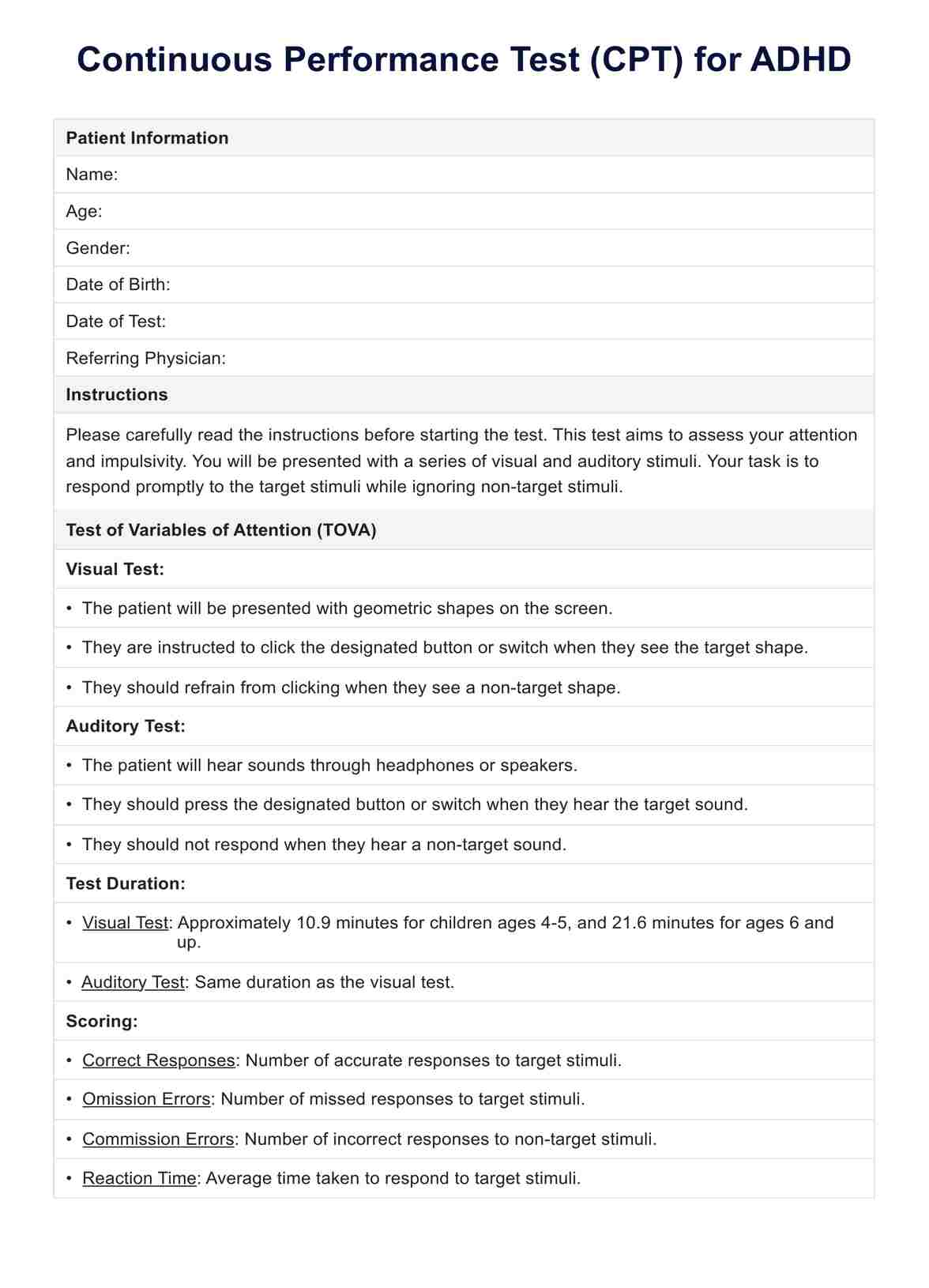
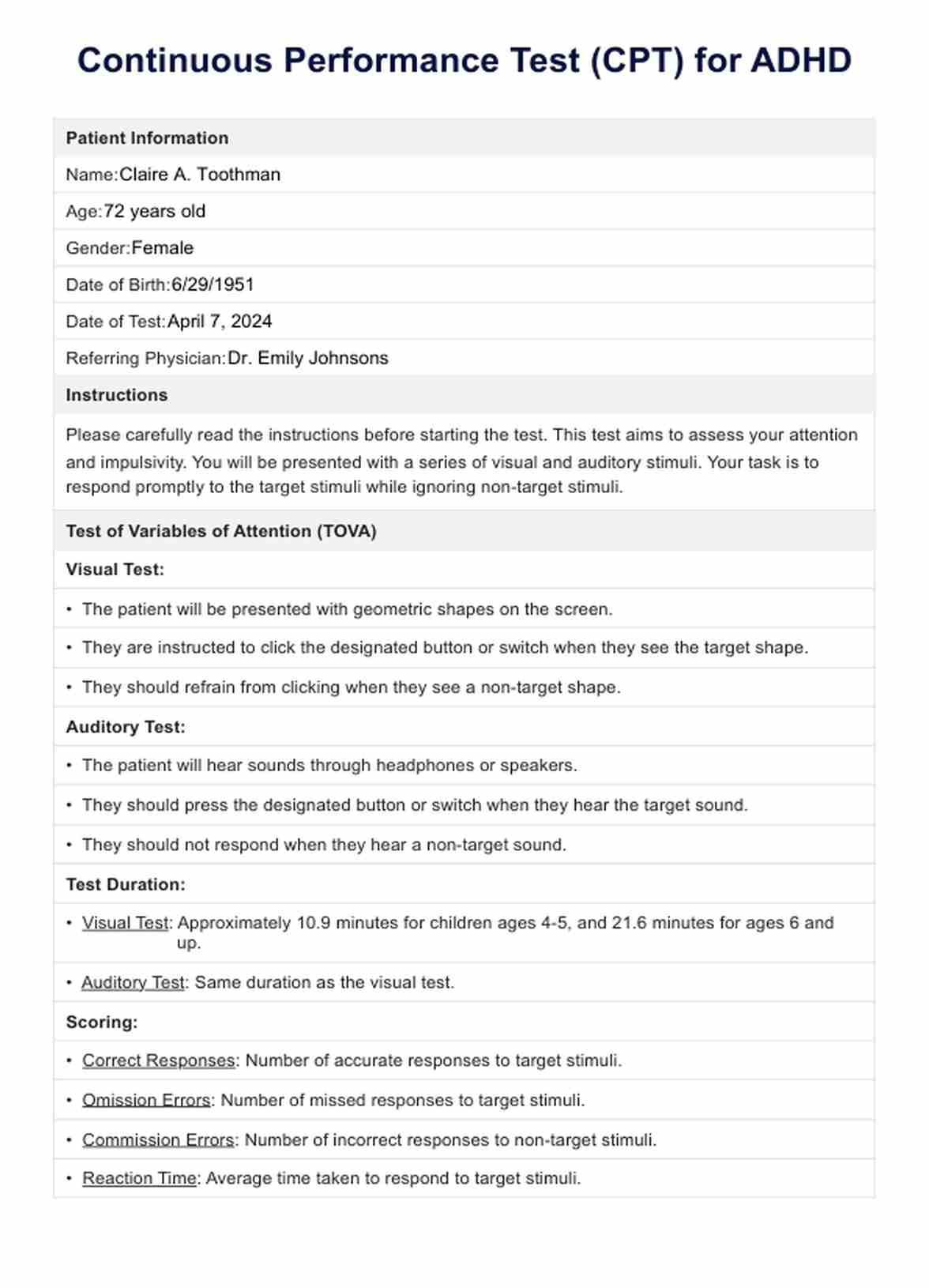

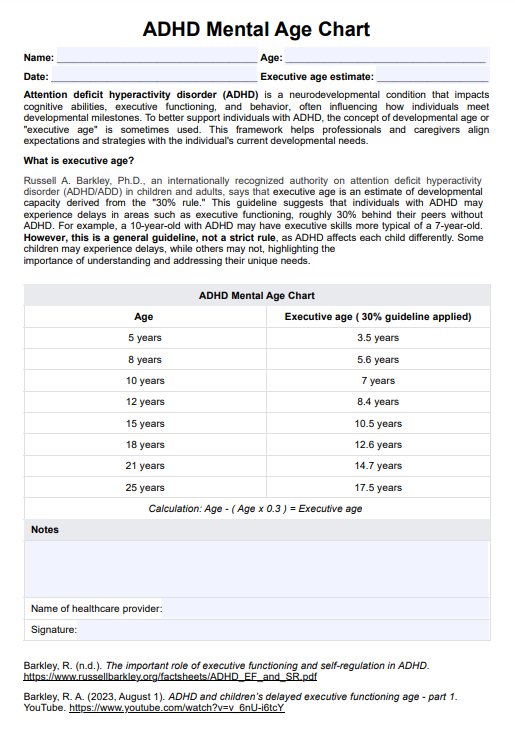
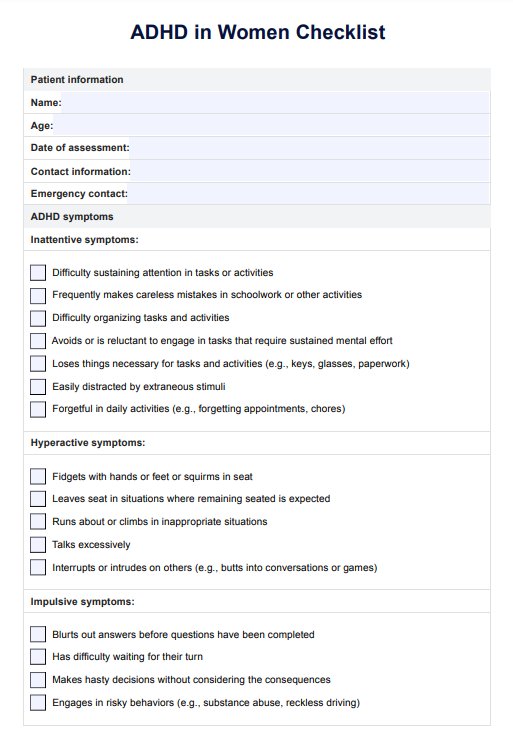
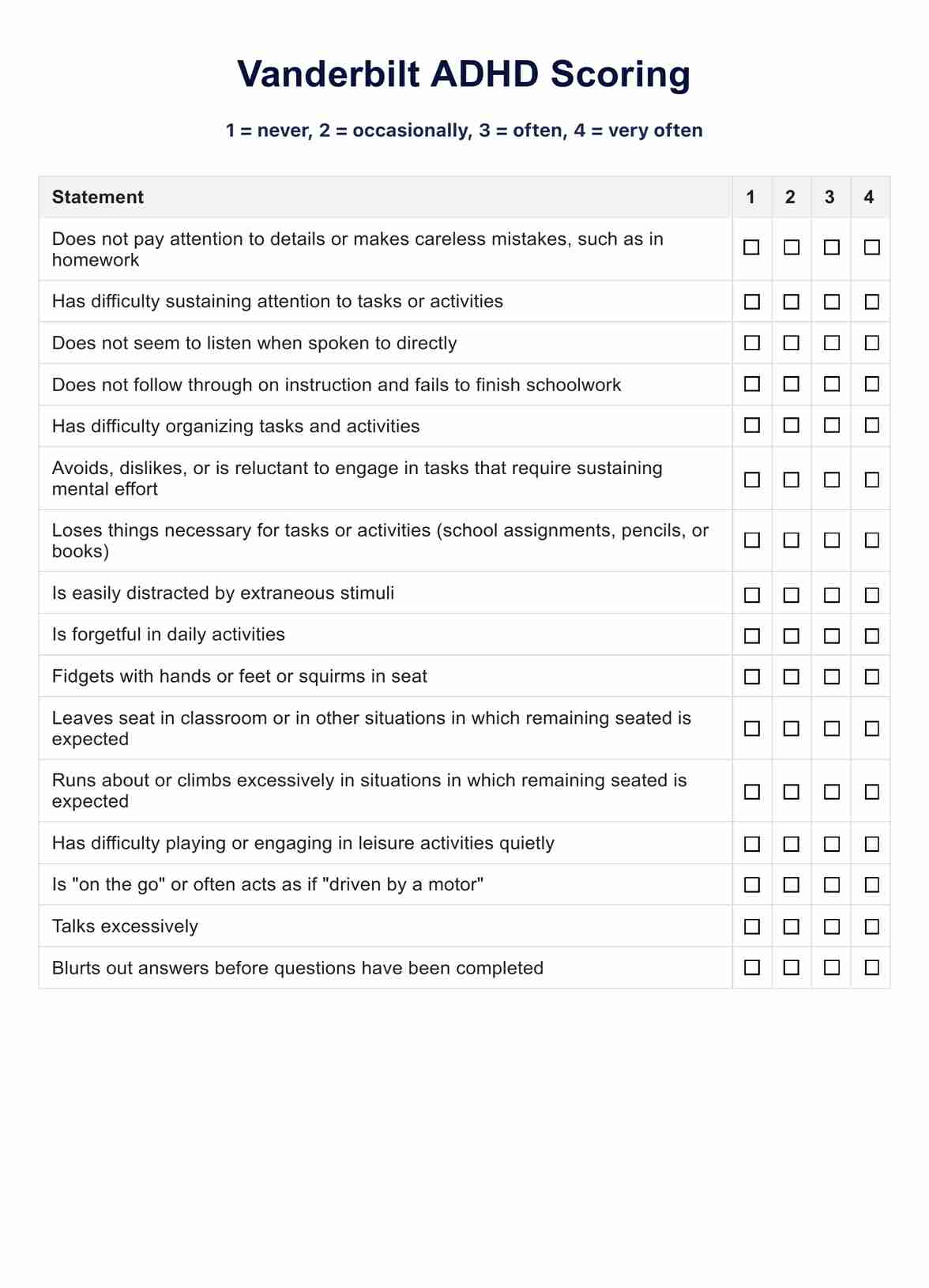
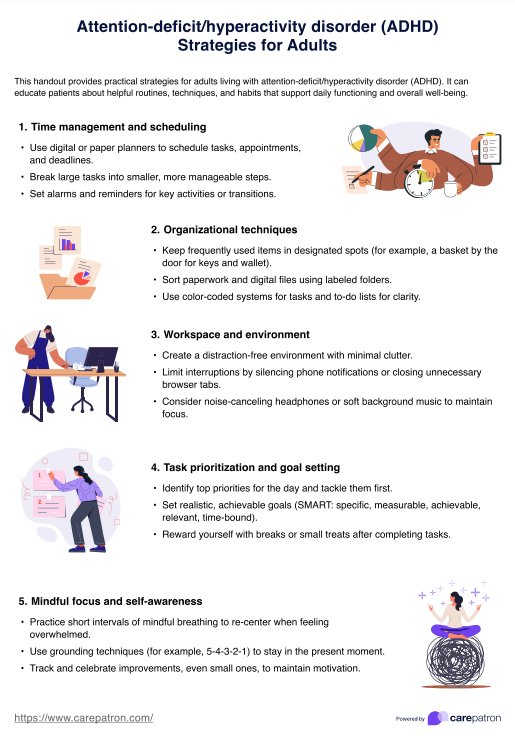
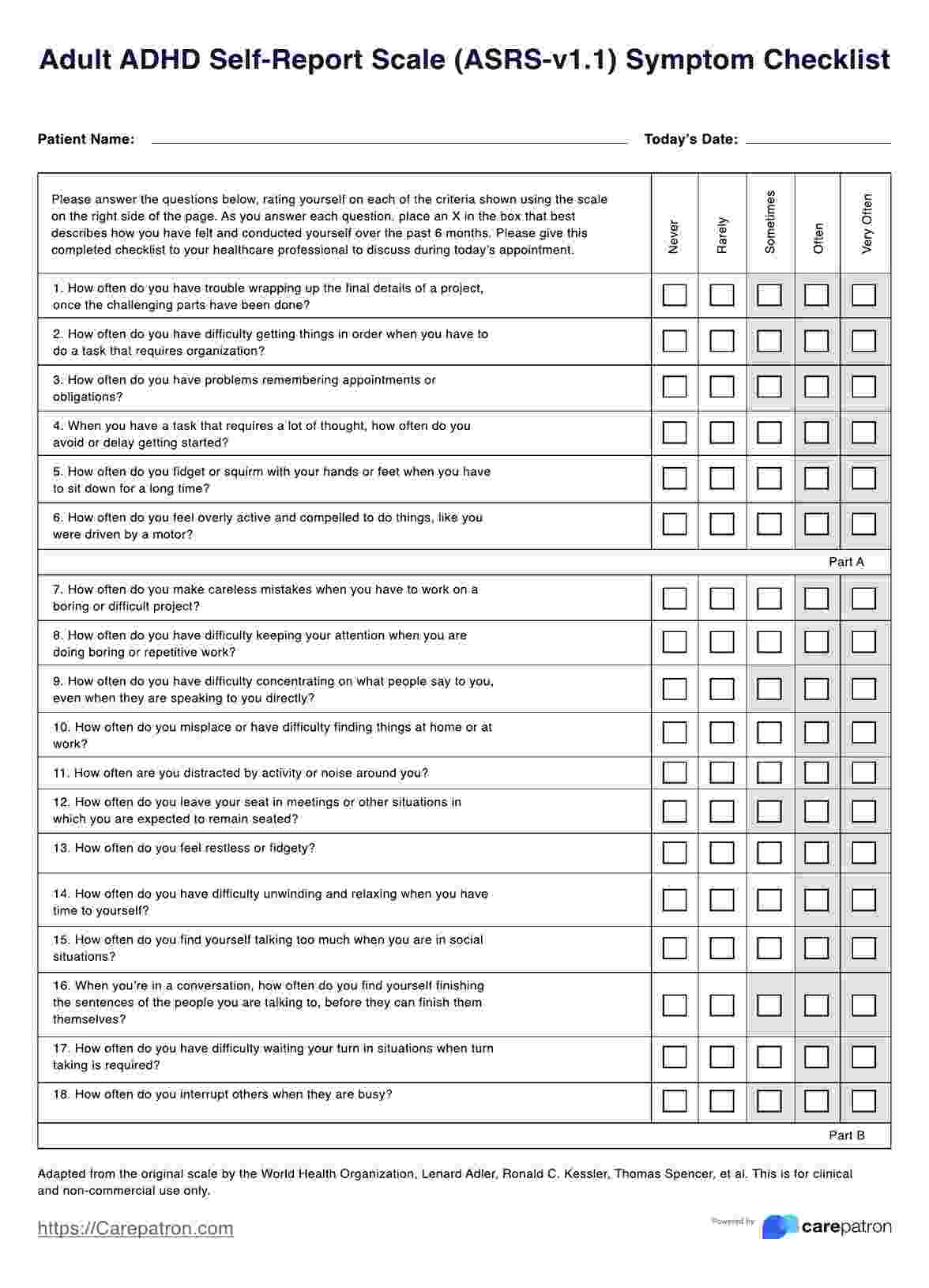
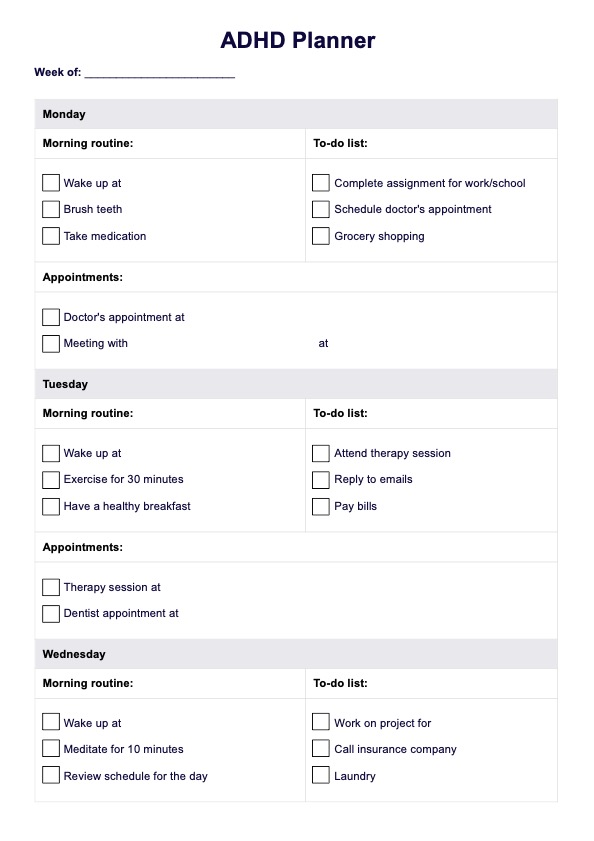
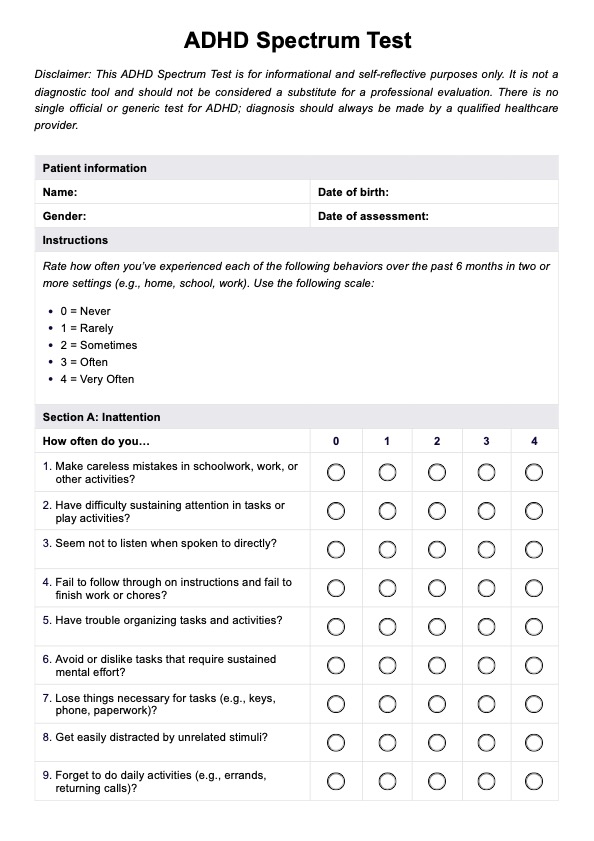
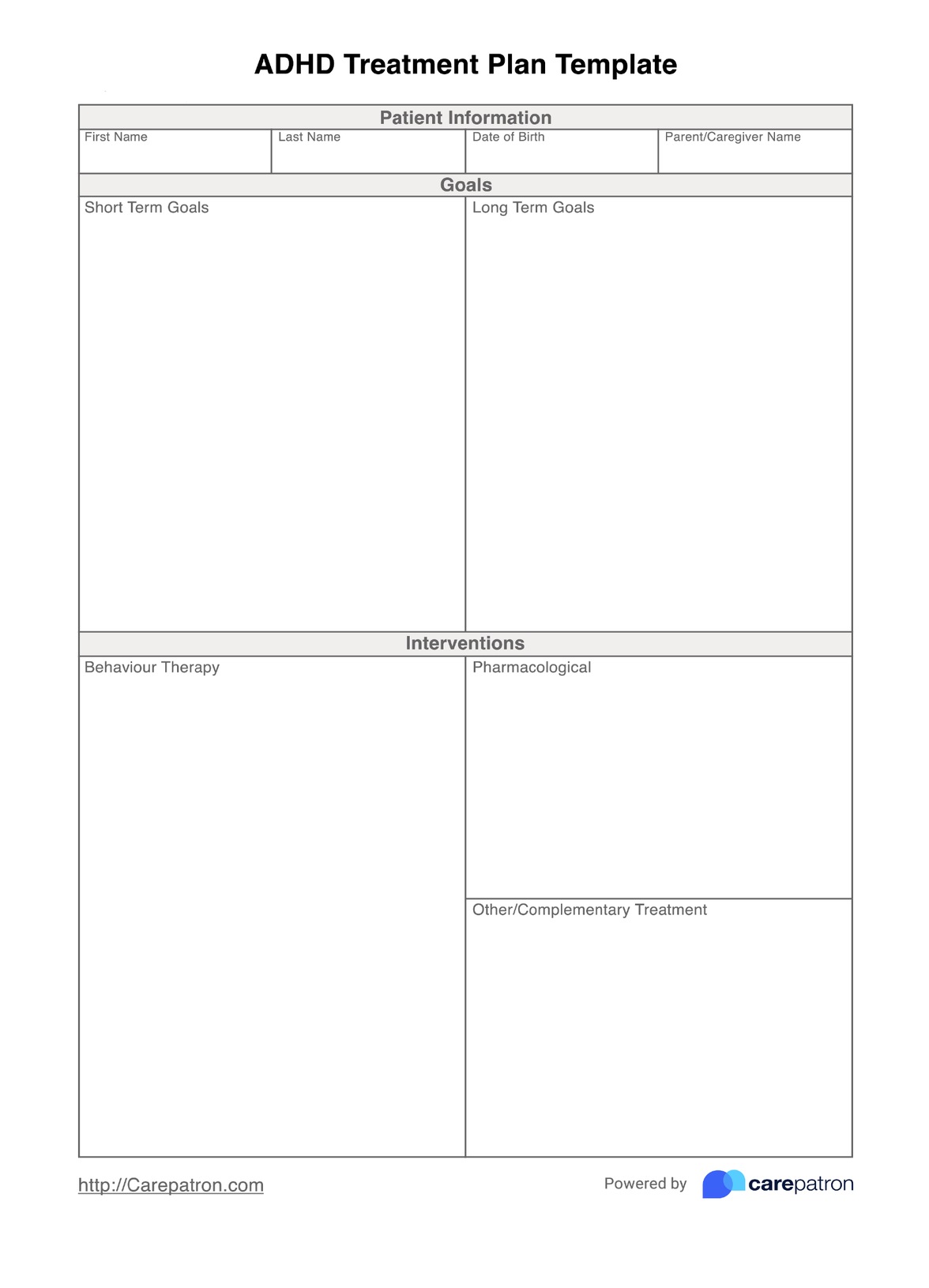
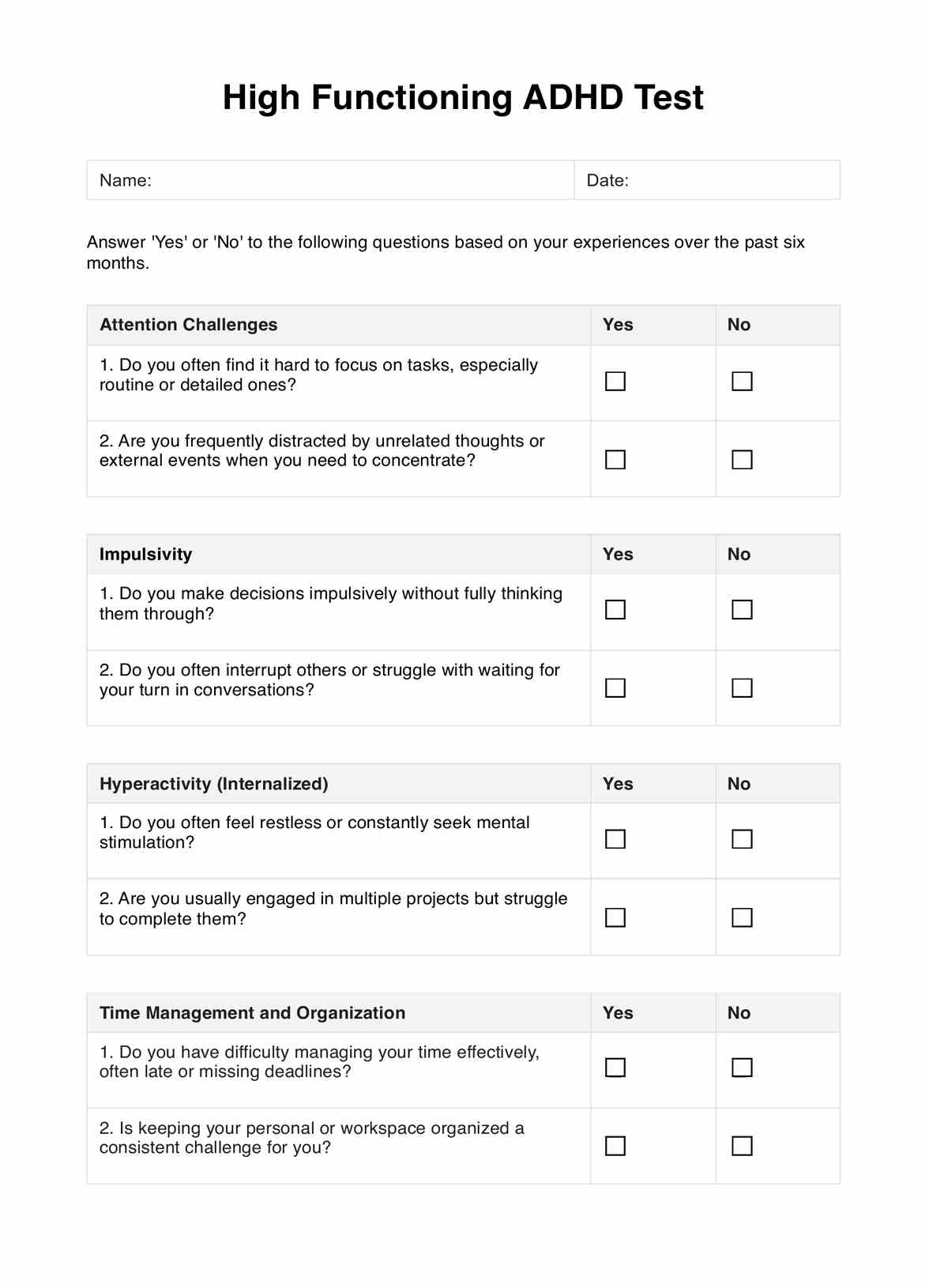
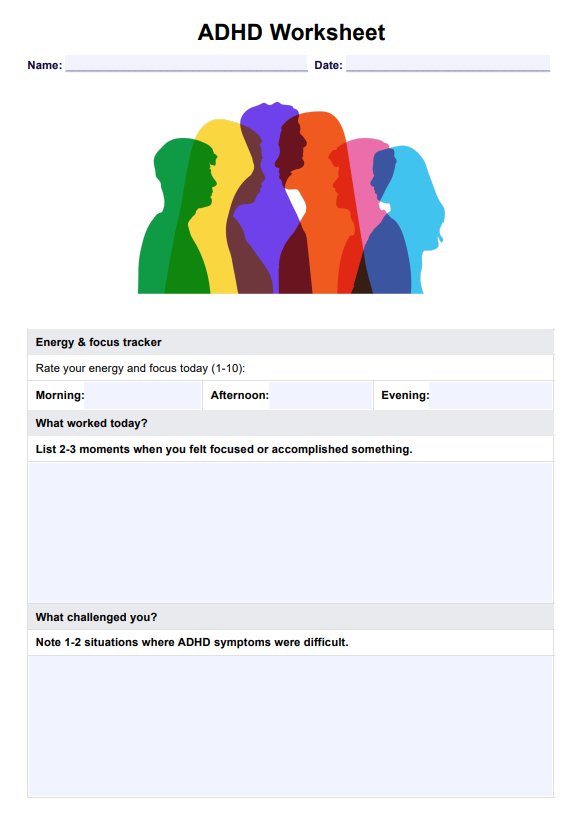
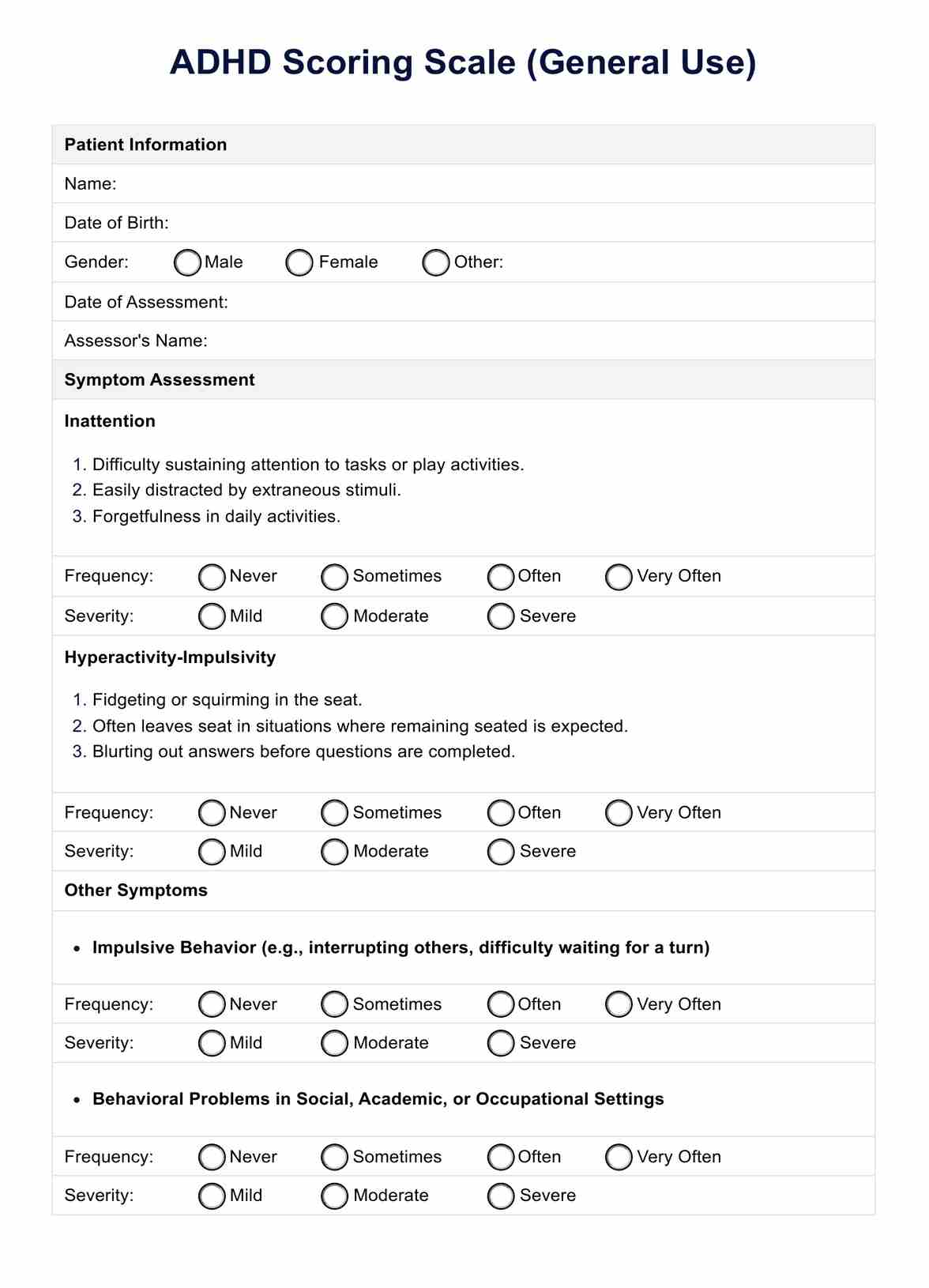
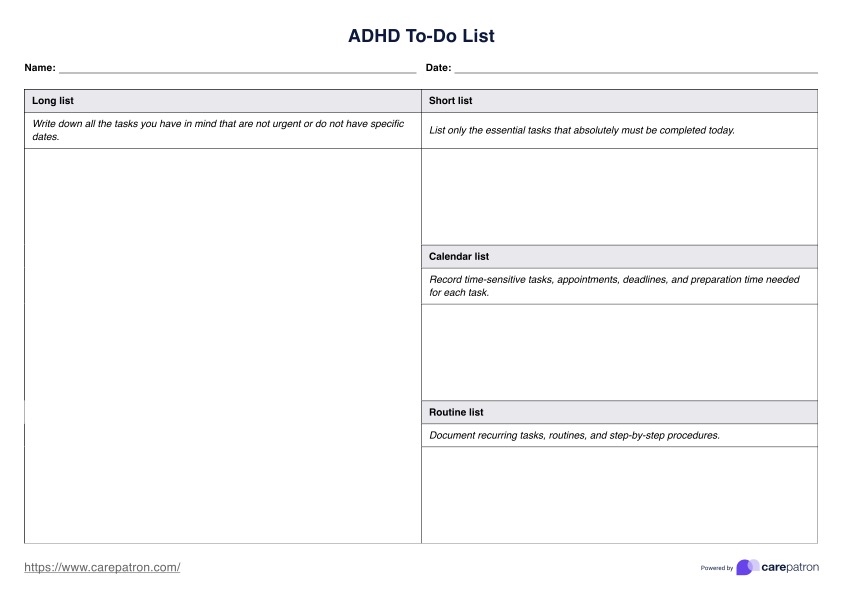
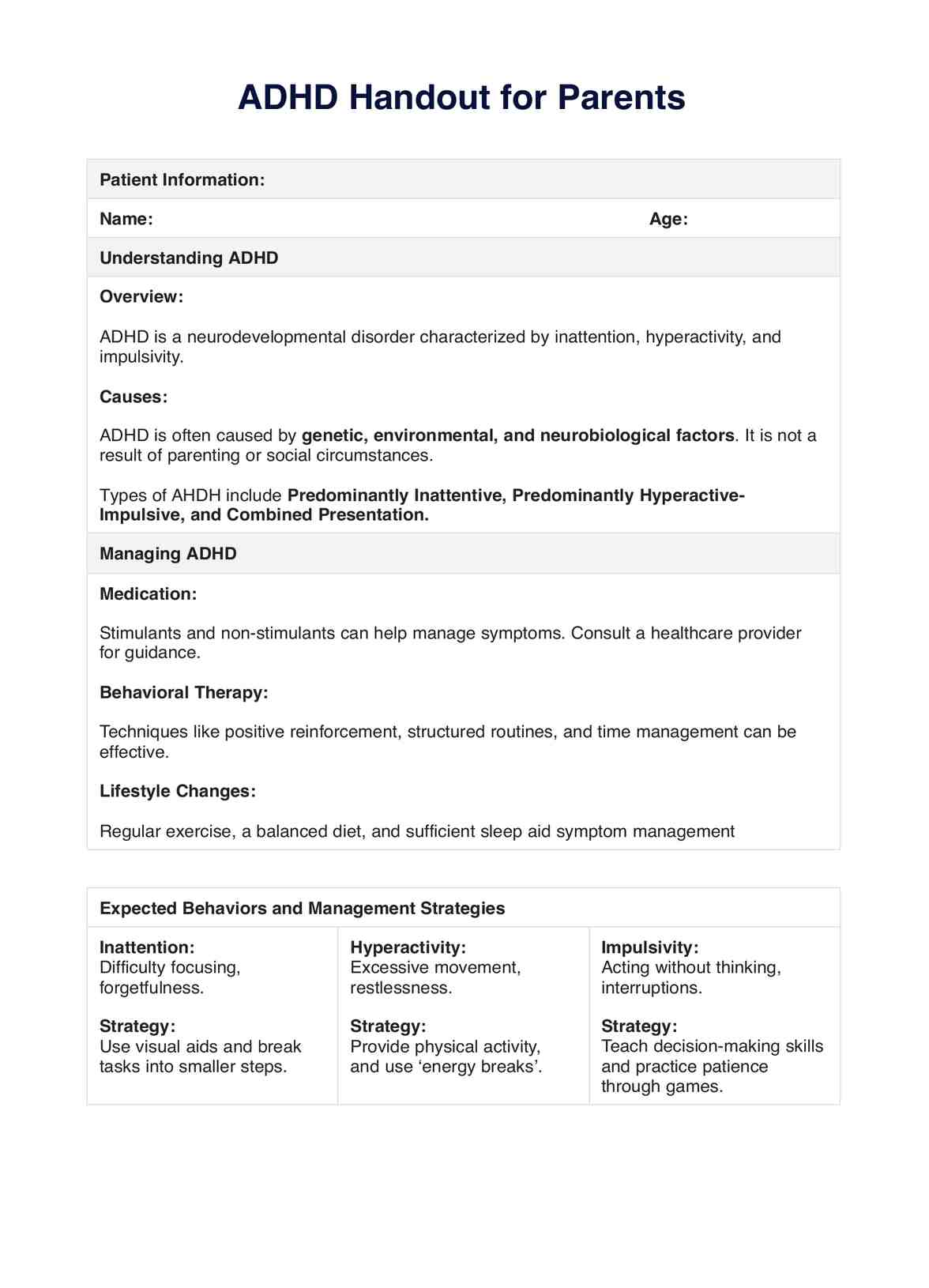
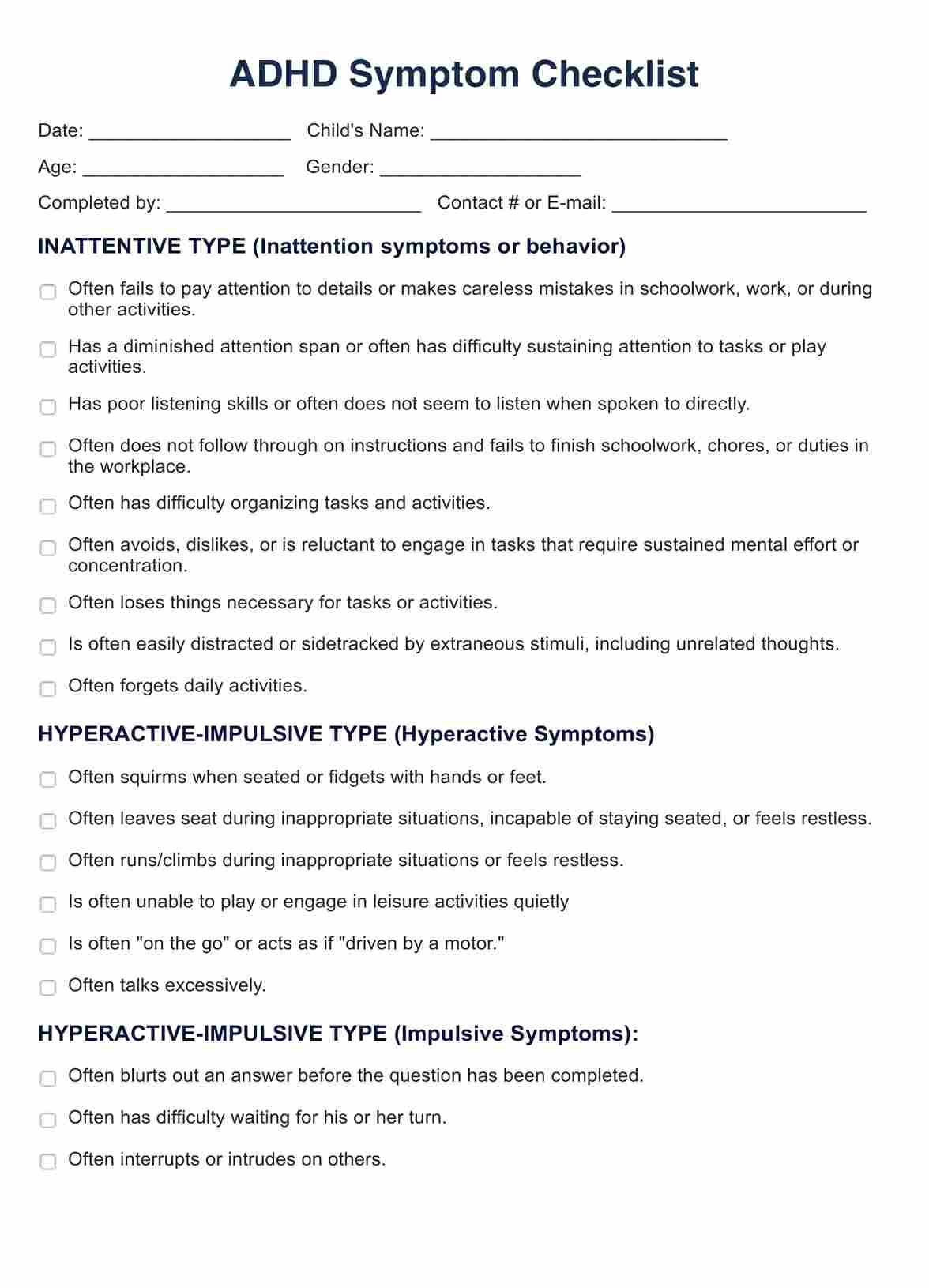
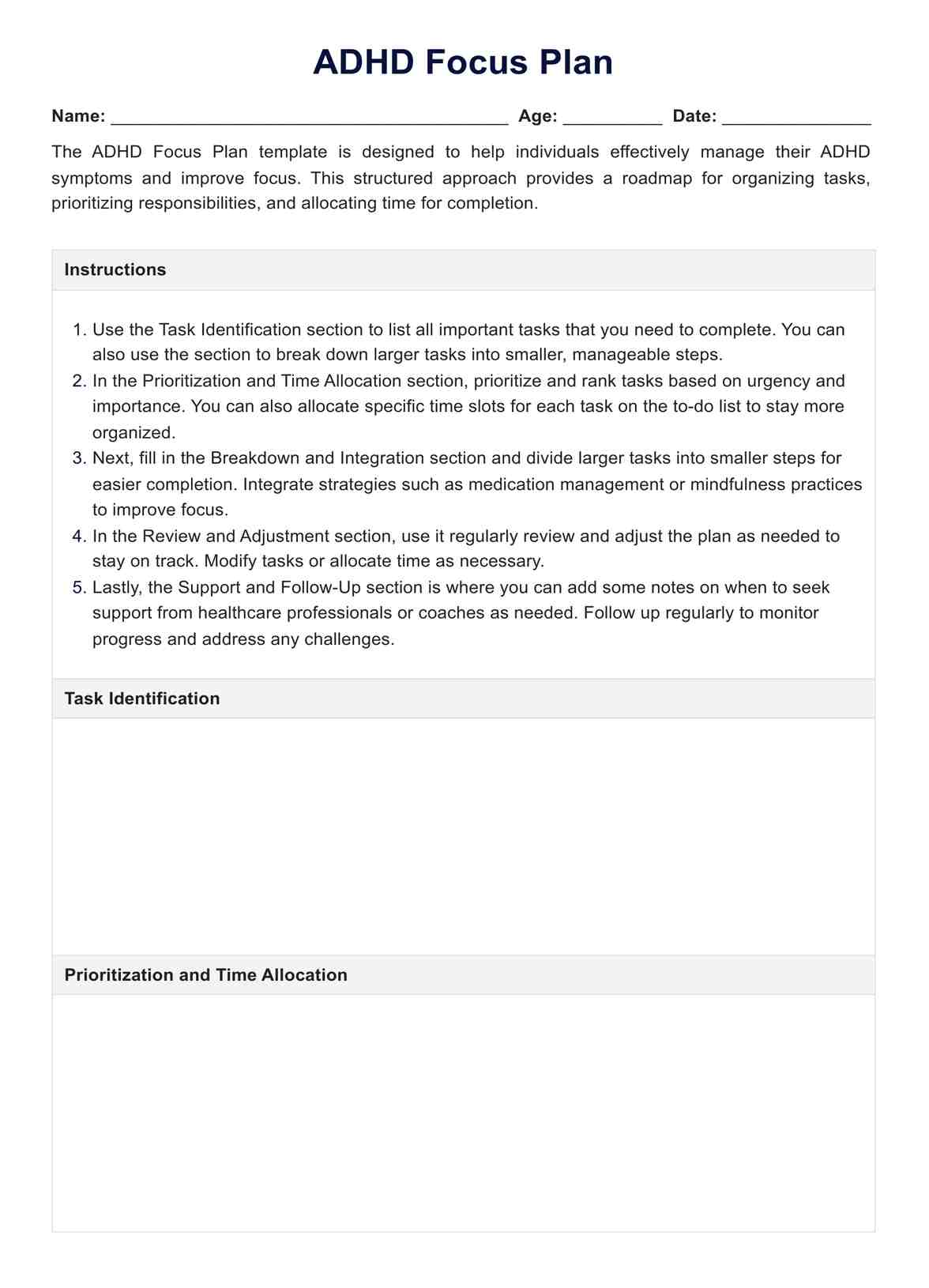















-template.jpg)




















































































